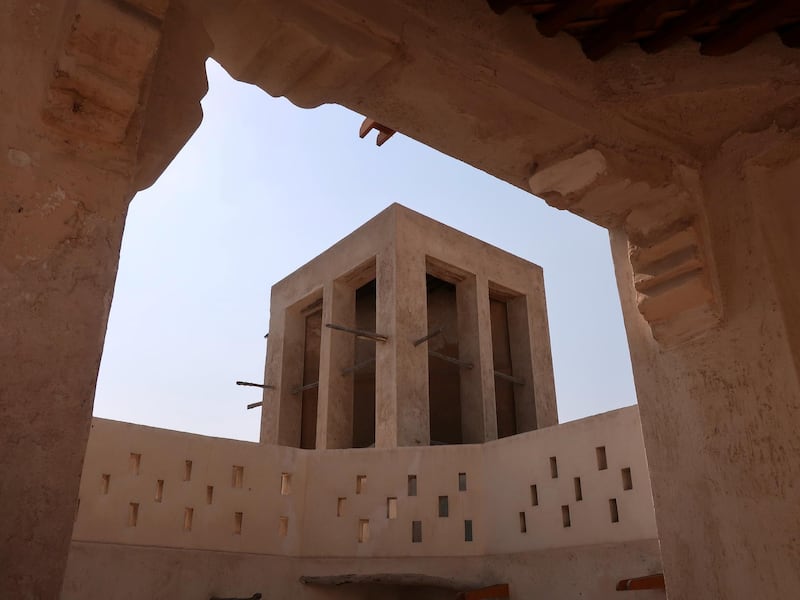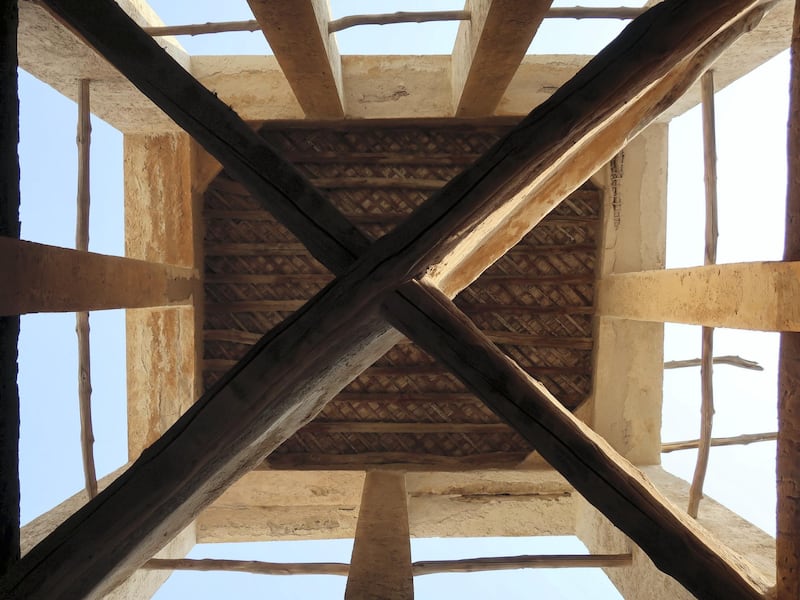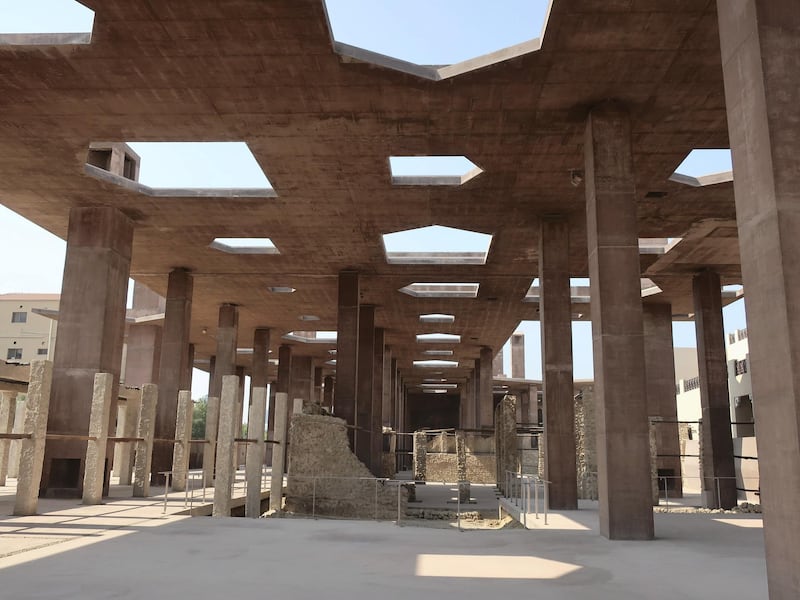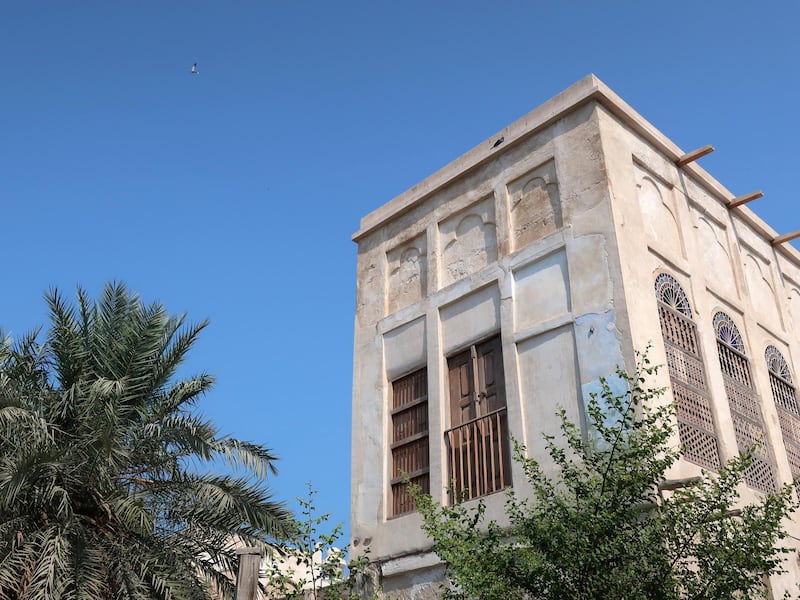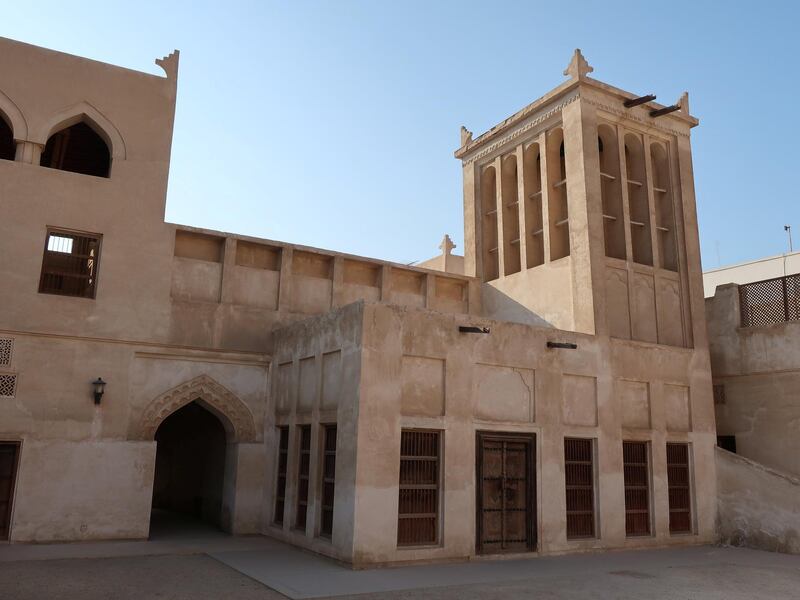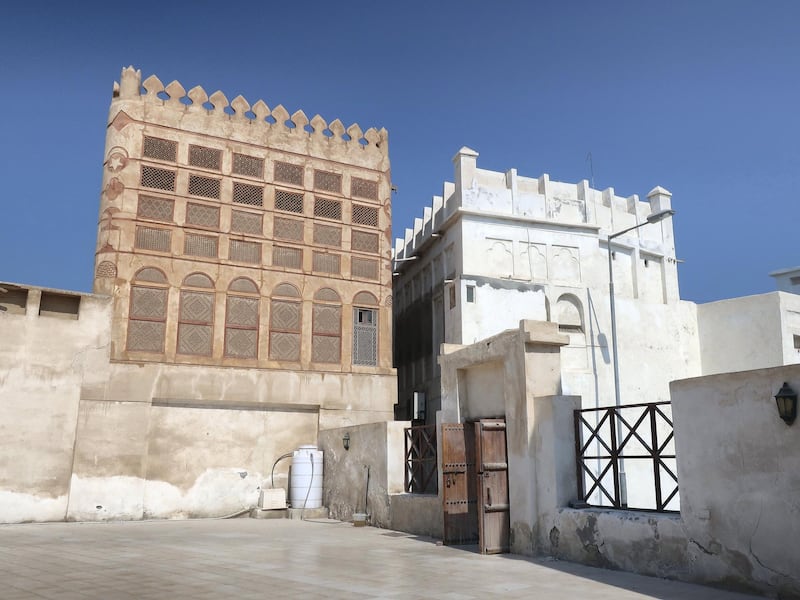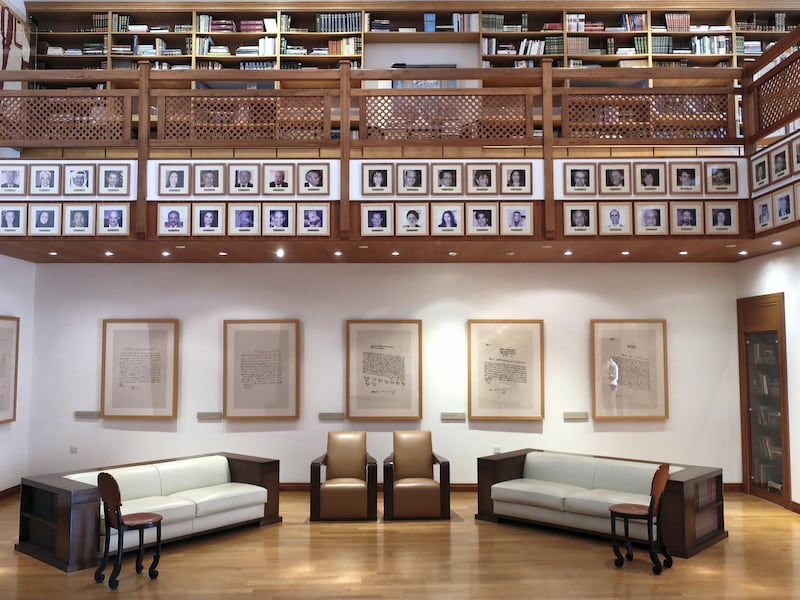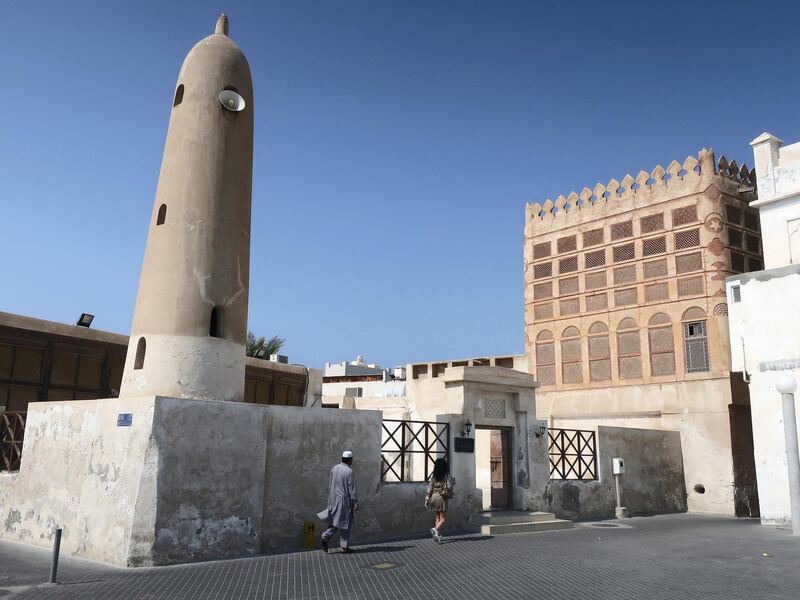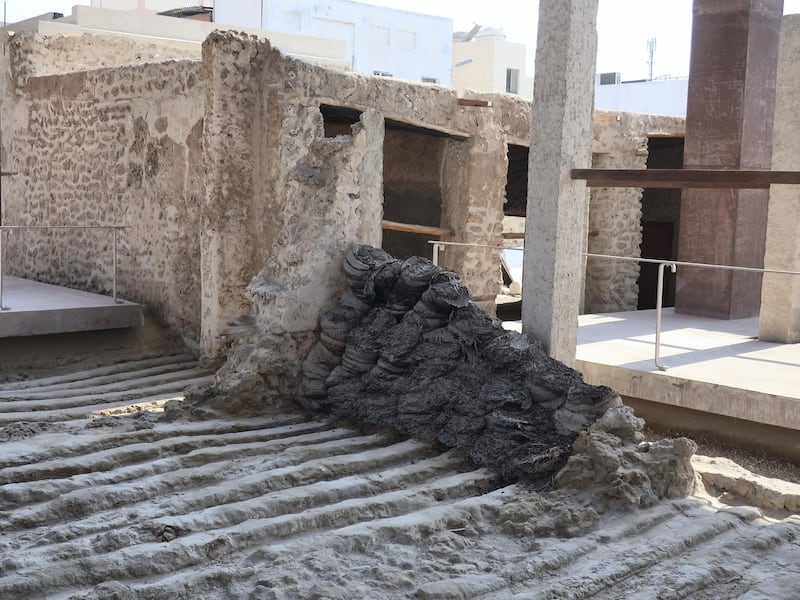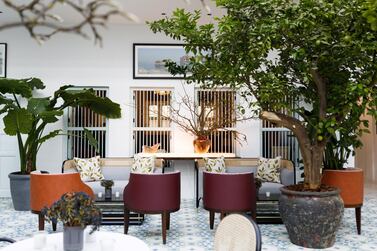In the heart of old Muharraq, Bahrain, lies the Nuzul Al Salam heritage house. Formerly known as the Fathalla House, it has been transformed into a boutique hotel through a collaboration between the UAE and Bahrain that celebrates the shared cultural heritage of the Gulf region.
"Nuzul Al Salam" means "House of Peace", a name inspired by the vision of Sheikh Zayed, the UAE's Founding Father, who cherished peace, humanity and tolerance. The rooms of the hotel all feature quotes expounding his wisdom.
The hotel, which will open to guests by the end of the year, is the first to open along Bahrain's Pearling Path, a tourist trail through the old town taking in principal sites and monuments, together with a visitor centre, art galleries, museums, cafes and restaurants housed in rehabilitated historic buildings. The Pearling Path, or "Pearling, Testimony of an Island Economy", was inscribed on the list of Unesco World Heritage Sites in 2012 and includes 17 historic buildings in the old town of Muharraq, three offshore oyster beds and the seashore around Bu Maher Fort. That's where the pearling fleet used to depart for the oyster beds each season.
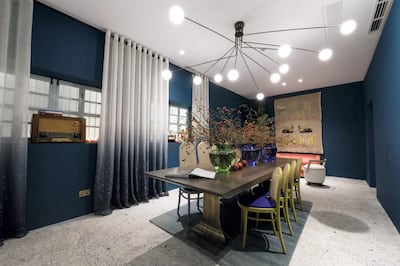
Muharraq was settled by the Bani Utub at the end of the 17th century. This tribal confederation is said to have originated in the Wadi Al Dawasir region, in southern Najd in modern Saudi Arabia, and is connected to the Gulf by an ancient desert route. Their arrival in the Upper Gulf overturned the old order and laid the foundations for the modern states of Kuwait and Bahrain.
The Utubi settlement in the Upper Gulf may have been prompted by a rising international demand for pearls. The 17th century represents the peak of Safavid Persia and Mughal India, when Isfahan and the Taj Mahal were built and where the vast majority of Gulf pearls were exported. This era also heralded the arrival of English and Dutch merchants who collectively opened up new markets for Khaleeji pearls. The Utub, therefore, sought to take advantage of growing opportunities in the region.
The pearling industry continued to expand throughout the 18th century. In a parallel process to the Utubi migration, the Bani Yas confederation in what was to become the UAE moved from their ancestral lands in Liwa and settled in Abu Dhabi and Dubai, while the Qasimi confederation from the coast of the Arabian Gulf took control of Ras Al Khaimah and Sharjah.
The political geography of the Arabian Gulf today was largely the product of this early modern pearl boom. By the start of the 19th century, Muharraq had become the capital of the Gulf pearling industry. A British estimate from 1818 puts the pearl revenue of Bahrain at about a million Indian rupees: twice as much as the rest of the Gulf combined. As the region was brought into the orbit of the British Raj, the states didn't have any coinage of their own until independence, hence the rupees. The size of the Bahraini pearling fleet in 1829 was reckoned to be 2,430 boats, about 80 per cent of the 3,000 boats estimated to be active in the Gulf.
The region's pearling revenue grew hugely through the 19th and early 20th century. This was, in part, due to the imposition of a British protectorate beginning in 1820. The ensuing Pax Britannica brought the peace and stability needed for the economy to grow. The expanding financial power of the industrial US also created a vast new market for pearls, which further stimulated production. As the pace of globalisation continued to accelerate in the years preceding the First World War, the industry reached its peak.
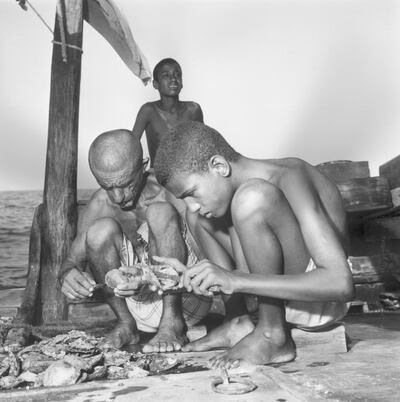
Pearling absolutely dominated the Gulf economy. Almost every able-bodied man, whether bedu (herders) or hadhr (farmers), pitched in during the summer pearl fishing season. Migrants arrived from the deserts of Arabia and the coastal areas alike to work in the fisheries, where they were joined by large numbers of slaves brought from Zanzibar and Sawakin. Indian merchants and Baluch guards added to the cosmopolitan mix. As one Gulf sheikh gloomily told a British observer: "We are all from the highest to the lowest slaves of one master: the pearl."
The population of the coastal towns grew significantly, driven by the pearling boom and fuelled by migration. By 1905, the three biggest towns in the Gulf were Kuwait (population 35,000), Bahrain's capital Manama (25,000) and Muharraq (20,000), while the largest town in what would become the UAE was Dubai (10,000). Today, Manama has a population of about 150,000, and Dubai around 3.2 million.
Sustained urban growth through the 19th and early 20th centuries created compact and densely inhabited towns of narrow winding alleys. While virtually nothing of this ilk survives of old Kuwait or Manama, Muharraq is one of the best preserved pearling towns.
Bahrain became the cultural capital of the Gulf in this period. This rested on the tolerant cosmopolitanism that grew from mass migration during the boom. When British traveller William Gifford Palgrave visited in the mid-19th century, he observed "of religious controversy I have never heard one word … instead of zealots and fanatics … we have at Bahrain something like 'men of the world, who know the world like men'."
One of the leading figures of Bahrain's intelligentsia was Sheikh Ebrahim bin Mohammed Al Khalifa. Lebanese-American writer Ameen Rihani described him as "the leader of intellectuals and poets in Bahrain … [he] is a modern man in his views and judgments, is knowledgeable of the arts and follows the current intellectual and literary movements". Sheikh Ebrahim was particularly concerned with improving the education system and it is striking that the first public school for girls in the Gulf opened in Bahrain in 1928. His house in Muharraq has been transformed into a library and in September it won the prestigious Aga Khan Award for Architecture.
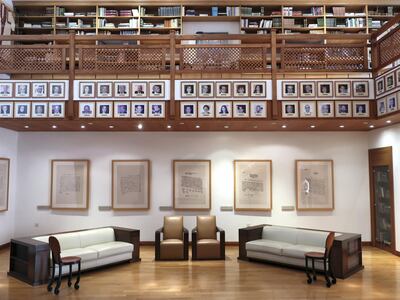
The houses of the great pearl merchants of the day can still be seen amid Muharraq's streets. Among the grandest on the Pearling Path are the Yousif Abdurrahman Fakhro House, the Shaheen bin Saqir bin Mohammed Al Jalahma House and the Siyadi House together with its splendid majlis. These are all courtyard houses with lofty reception rooms elevated above the narrow streets and beautifully decorated with carved stucco, fretwork screens and strained glass.
One characteristic of these houses is the badgir, or wind tower. This ingenious device works to funnel refreshing gusts of wind into the living quarters below. Only two functioning wind towers remain to be visited in Muharraq, at Al Alawi House and the Sheikh Isa bin Ali Al Khalifa Palace. The wind tower was once also typical of the UAE and may still be seen in old quarters of Dubai and Jazirat Al Hamra.
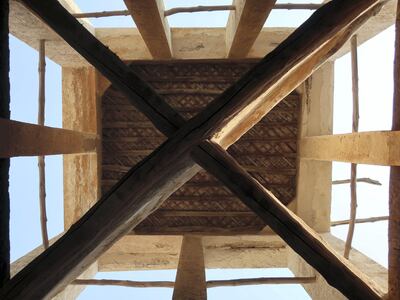
Muharraq's maze of alleys intermittently give way to intimate town squares where several routes converge. These have been covered in terrazzo tiles, a composite material made of coloured stone chips set in cement, which became popular in Muharraq in the 1940s. The new tiles include flecks of oyster shells while the squares are lit by the spherical white street lamps, both intended to evoke the heritage of pearling.
The Visitor and Experience Centre of the Pearling Path is housed in the rehabilitated Amarat Yousif Ali Fakhro, a ruined warehouse excavated by archaeologists and preserved in situ beneath an impressive feat of modernist architecture, designed by Valerio Olgiati Architects in collaboration with Emaar Engineering. It presents a blend of ancient and modern, the coral stone and concrete columns forming a single whole: a fitting metaphor for the heritage and culture of Bahrain itself.
